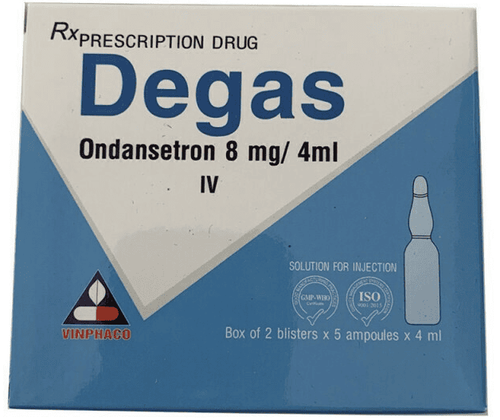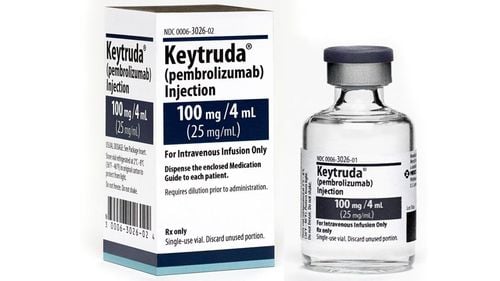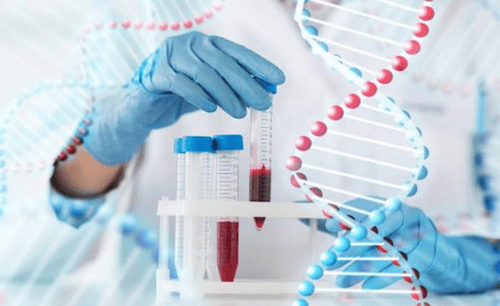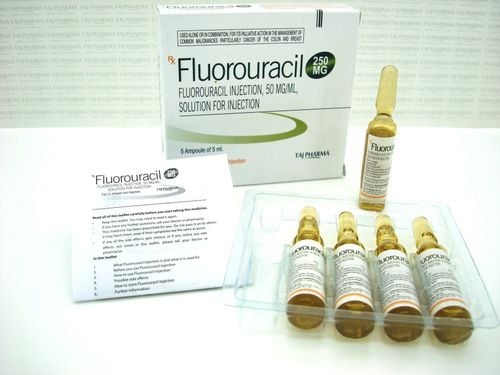This is an automatically translated article.
One of the side effects of gynecological cancer treatment in particular is lymphedema. This condition is caused by excessive accumulation of lymph fluid in the body cavities. If not detected and treated promptly, lymphedema can cause many troubles affecting the health of the patient.
1. Characteristics of lymphedema
Lymphedema occurs when lymph fluid does not drain properly and can accumulate in tissues and cause swelling and edema. This condition can be caused by part of the lymphatic system being damaged or blocked, such as when the lymph nodes are surgically removed or during radiation therapy. Cancer blocks lymphatic vessels and causes lymphedema.
Lymphedema is considered a side effect of gynecological cancer treatment. Lymphedema usually affects a person's arms and legs, but can also affect other parts of the body, such as the head or neck. Patients often feel symptoms of lymphedema in the part of the body that has undergone surgery or radiation. However, swelling often develops slowly over time after treatment for gynecological cancer.
2. Symptoms and signs of lymphedema
People with lymphedema in the hands and feet often have signs such as:
Swelling that begins in the hands and feet A feeling of heaviness in the arms and legs Feeling weak or reduced flexibility in the limbs Feeling cramped when wearing rings, watches or clothes may be tighter than usual. Skin is shiny, warm or may appear red Skin elasticity is reduced, skin may not recede when pressed, pressed or skin is too hard Rough skin looks like a cold skin People with lymphedema in head and neck including the following signs:
Swollen face, swollen face, lips, neck or area below the chin There is discomfort and tightness in the affected areas It may be difficult for the patient to perform neck rotation, jaw or shoulder movement Fibrosis in the neck and face Decreased vision due to eyelid swelling Difficulty swallowing or speaking or breathing Saliva may leak or drop food in the mouth Symptoms as well as signs of lymphedema may develop slowly and not in all patients. It is possible in some cases that the only symptoms are a feeling of heaviness or pain in the arms and legs. But there are also cases of sudden onset and a combination of symptoms.
3. Causes of Lymphedema
Lymphedema is often due to the predictable long-term effects of some gynecological cancer treatments. Common possible causes of lymphedema include:
Lymphectomy surgery such as breast cancer surgery involves removing part or more of the lymph nodes in the axillary fossa. This will cause lymphedema to appear in the arm. Radiation therapy or inflammation, causing scarring in lymph nodes and blood vessels Blockage of lymph nodes or blood vessels caused by cancer. The risk of lymphedema increases with the amount of lymph present and blood vessels removed or damaged during cancer treatment or a biopsy. Sometimes lymphedema will not be related to cancer or cancer treatment such as bacterial infection, fungal infection, or some other condition...
4. Diagnosis of lymphedema
With lymphedema, the doctor can determine by examining the parts of the body that are swollen. However, in some difficult cases, it may be necessary to perform additional tests to support the correct diagnosis and plan treatment or rule out other causes of lymphedema.
Several tests may be ordered during the diagnosis of lymphedema:
Measure the part of the body that is swollen with a tape measure to determine the area of the edema Calculate the volume of fluid formed by exposing the swollen arm or leg into a water tank Take a close look at the entire lymphatic system, Monitor the flow of lymphatic fluid with ultrasound, and this test uses sound waves to take pictures of internal organs and body fluids. Computed tomography or magnetic resonance imaging to show the location and pattern of obstruction of the lymphatic flow, and also to examine the tumor status. There are also a number of other tests performed for lymphedema, such as electronic flushing volume measurement, bioimpedance spectrometry....
Performed to rule out pathologies causing symptoms swelling, edema is quite important. So if the case is difficult to detect, the doctor may recommend additional tests to help rule out cardiovascular diseases, infections, cirrhosis, kidney failure, or allergic reactions.
5. Treatment of lymphedema and some measures to control it
The essence of lymphedema treatment is to reduce side effects or palliative care of patients after cancer treatment. From there, it helps to reduce swelling, limit severe disease progression, and at the same time prevent infection, improve appearance and, importantly, improve the patient's ability to function. Although current treatment can control edema, there is no cure for the disease completely. Therefore, for each individual patient, the treating doctor will have an appropriate treatment plan, such as:
Manual lymphedema drainage. This technique is quite special and is considered a form of gentle skin massage that helps lymphatic fluid move back into the blood vessels. This method can help patients reduce swelling. Exercise improves lymphatic flow and strengthens muscles. Specialists in the treatment of lymphedema will instruct patients to perform specific exercises to improve their ability to function. When starting to exercise, it is necessary to closely monitor the health department. Comprehensive edema reduction therapy with mixed edema reduction and combined with skin care, manual lymphedema drainage, exercise and compression. To carry out this method, you need support from a Skin Care medical staff. Since lymphedema can increase the risk of infection, affected areas should be cleaned, moisturized, and taken steps to keep the skin healthy. Patients can apply moisturizer daily to avoid chapped skin... Low-dose laser therapy can reduce the side effects of lymphedema after breast cancer surgery, especially in the wings. hand. There are several ways to reduce the risk of lymphedema after cancer treatment. Maintain a healthy weight. Patients should maintain a reasonable and stable weight, to avoid erratic weight fluctuations.
Changing the priesthood in activities. Patients should not sit or stand for too long in one position Wear loose clothing to prevent the patient from developing fluid retention Limit staying in places where the temperature is too hot or too cold for a long time. It is best during cancer treatment if there are any health problems, patients should go to medical facilities to be examined by a doctor and have timely indications. Avoid letting the disease progress for a long time, causing serious health effects.
Vinmec International General Hospital is always at the forefront of medical services with a team of highly qualified, well-trained doctors, and a system of modern equipment. The hospital has many specialties with its own advantages, so customers completely trust the medical quality at Vinmec.
Please dial HOTLINE for more information or register for an appointment HERE. Download MyVinmec app to make appointments faster and to manage your bookings easily.













